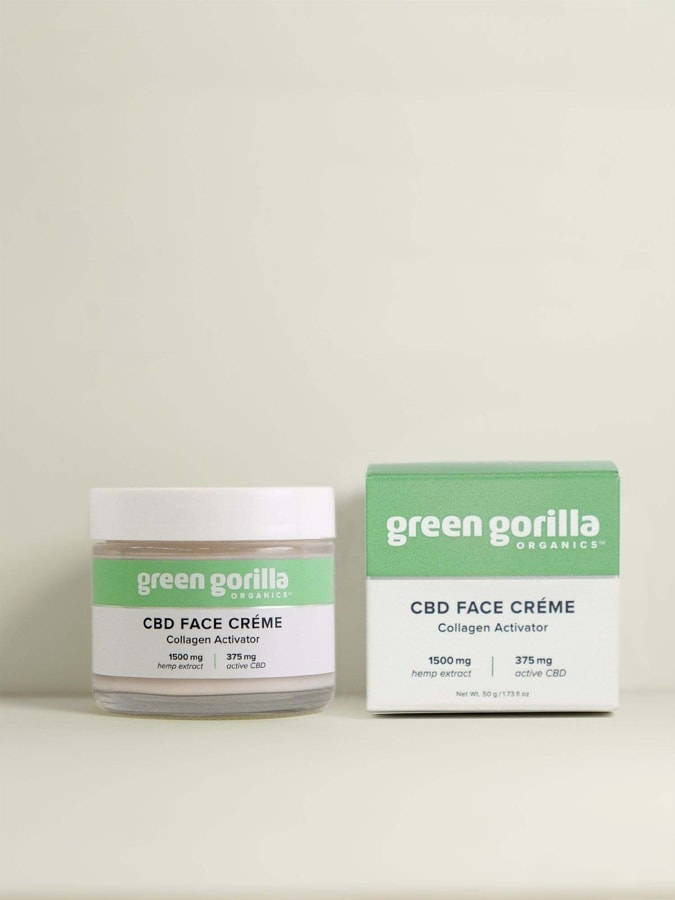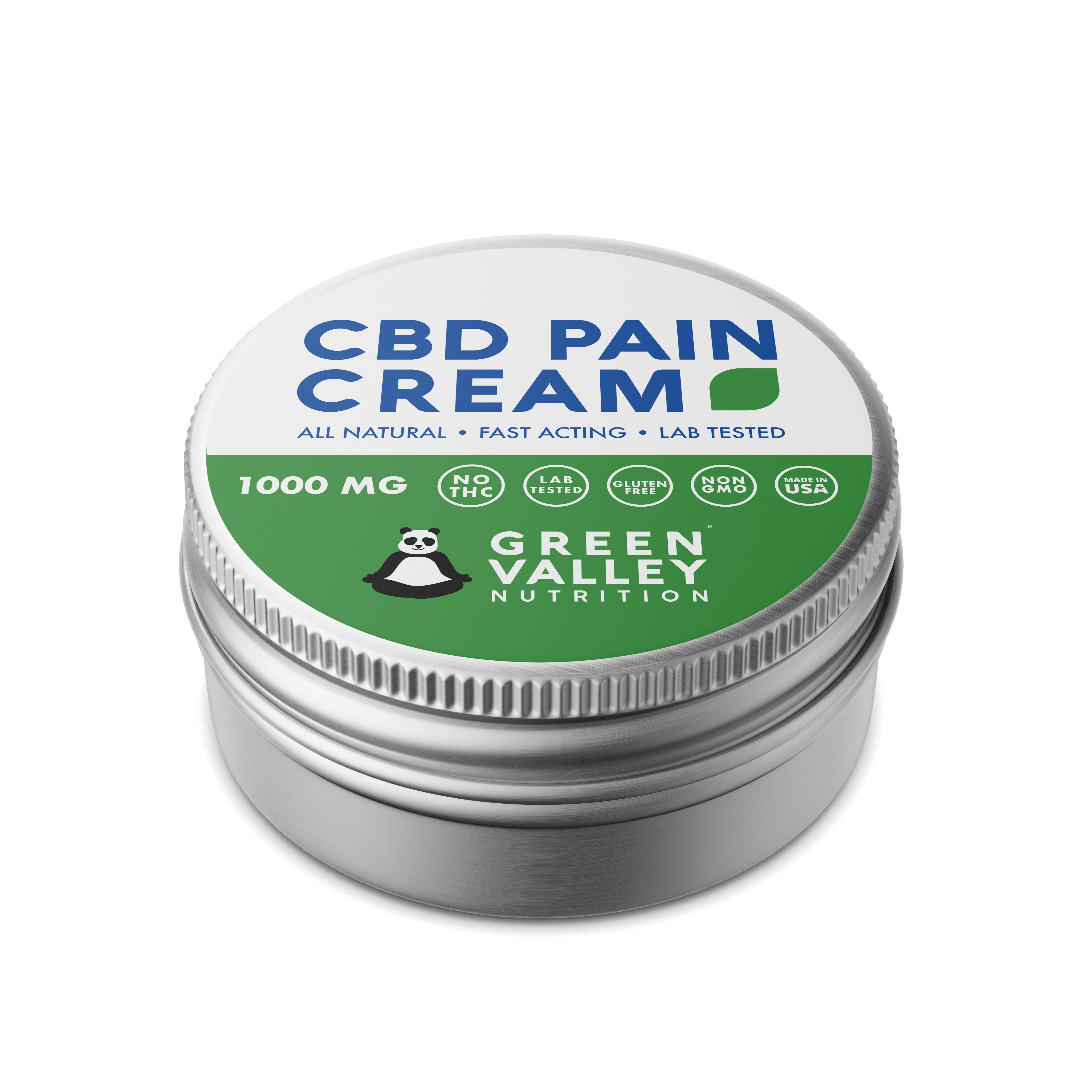Boost Your Health Regimen with Serenity CBD Arnica Cream: Calm Pains and Pains
Boost Your Health Regimen with Serenity CBD Arnica Cream: Calm Pains and Pains
Blog Article
Check Out the Scientific Research Behind CBD Discomfort Cream and Its Therapeutic Results
As the demand for natural discomfort relief choices continues to rise, the scientific area has transformed its interest to the therapeutic results of CBD pain lotion. Understanding the intricate devices through which CBD interacts with the body's endocannabinoid system to alleviate discomfort is critical in decoding its effectiveness. From its anti-inflammatory buildings to the facility neurological impacts that regulate pain understanding, CBD's prospective as a discomfort administration solution is a subject of continuous study and professional interest. Remain tuned to untangle the science behind CBD discomfort lotion and how it holds guarantee for those looking for choice methods for pain alleviation.
Endocannabinoid System and CBD Discomfort Alleviation
What duty does the endocannabinoid system play in CBD discomfort relief? The endocannabinoid system (ECS) is a complex network of receptors, enzymes, and endocannabinoids that play a critical duty in controling different physical processes, including pain feeling. It engages with the ECS to modulate pain assumption and swelling when CBD is used topically or ingested. CBD exerts its effects by targeting cannabinoid receptors, particularly CB1 and CB2 receptors, which are abundant in the main nerve system and immune cells, respectively. By binding to these receptors, CBD can hinder the transmission of discomfort signals and minimize inflammation, causing discomfort relief.

Mechanisms of CBD for Discomfort Monitoring
Checking out the intricate devices via which CBD runs hurting management exposes its prospective as a useful therapeutic device in minimizing various kinds of discomfort. CBD interacts with the endocannabinoid system, making up cannabinoid receptors (CB1 and CB2) dispersed throughout the body. When CBD is carried out, it modulates these receptors, affecting neurotransmitter release and moistening discomfort signals. Additionally, CBD's anti-inflammatory residential properties play an essential duty in pain management by minimizing swelling at the site of discomfort.

Anti-Inflammatory Features of CBD
In clarifying the effectiveness of CBD in pain administration, a notable facet lies in its potent anti-inflammatory residential properties. Inflammation is a complicated organic reaction that plays an essential duty in the body's immune system, however when it comes to be chronic, additional resources it can contribute to different health problems, consisting of pain.
Research studies have actually revealed that CBD can inhibit inflammatory arbitrators and cytokines, thereby moistening the inflammatory waterfall. This anti-inflammatory effect is especially encouraging for conditions defined by persistent inflammation, such as joint inflammation, inflammatory bowel illness, and neuropathic discomfort. By alleviating inflammation, CBD not only attends to the symptoms but also targets the site link underlying reason for discomfort, making it an important restorative representative for taking care of a vast array of inflammatory problems.
Neurological Results of CBD on Discomfort
CBD exerts profound neurological effects on discomfort perception with its interaction with certain receptors in the main anxious system. The endocannabinoid system, which consists of cannabinoid receptors (CB1 and CB2) and endocannabinoids produced by the body, plays a vital function in regulating discomfort signals. CBD connects with these receptors, primarily CB1 located in the brain and CB2 located in the immune cells, to exert its analgesic effects. By influencing the activity of these receptors, CBD can assist control discomfort sensitivity and swelling, supplying possible healing benefits for people dealing with numerous sorts of pain problems.
Researches have actually shown that CBD's action on the endocannabinoid system can result in the inhibition of discomfort signaling paths, minimizing the perception of discomfort. In addition, CBD has been found to have neuroprotective buildings, which can assist minimize neuropathic pain by protecting nerve cells from damage. The capacity of CBD to modulate discomfort at a neurological degree makes it an appealing alternative for handling persistent pain problems where typical treatments might fall brief.
Medical Researches Sustaining CBD Pain Alleviation

Verdict
In conclusion, the science behind CBD discomfort cream discloses its prospective therapeutic impacts through the inflection of the endocannabinoid system (Serenity CBD arnica). CBD's devices for pain management include its anti-inflammatory properties and neurological results on pain assumption.
As the demand for all-natural pain alleviation options proceeds to rise, the clinical community has turned its interest to the therapeutic impacts of CBD discomfort cream. From its anti-inflammatory properties to the complicated neurological impacts that modulate discomfort understanding, CBD's possible as a pain administration solution is a subject of recurring research and scientific passion.Structure upon the understanding of CBD's neurological impacts on pain understanding, professional studies have actually provided useful understandings right into the efficacy of CBD in supplying discomfort alleviation. A study published in the European Journal of Pain showed that using CBD topically lowered pain and inflammation in rats with arthritis without any type of noticeable side effects. CBD's mechanisms for pain management include its anti-inflammatory homes and neurological results on discomfort assumption.
Report this page